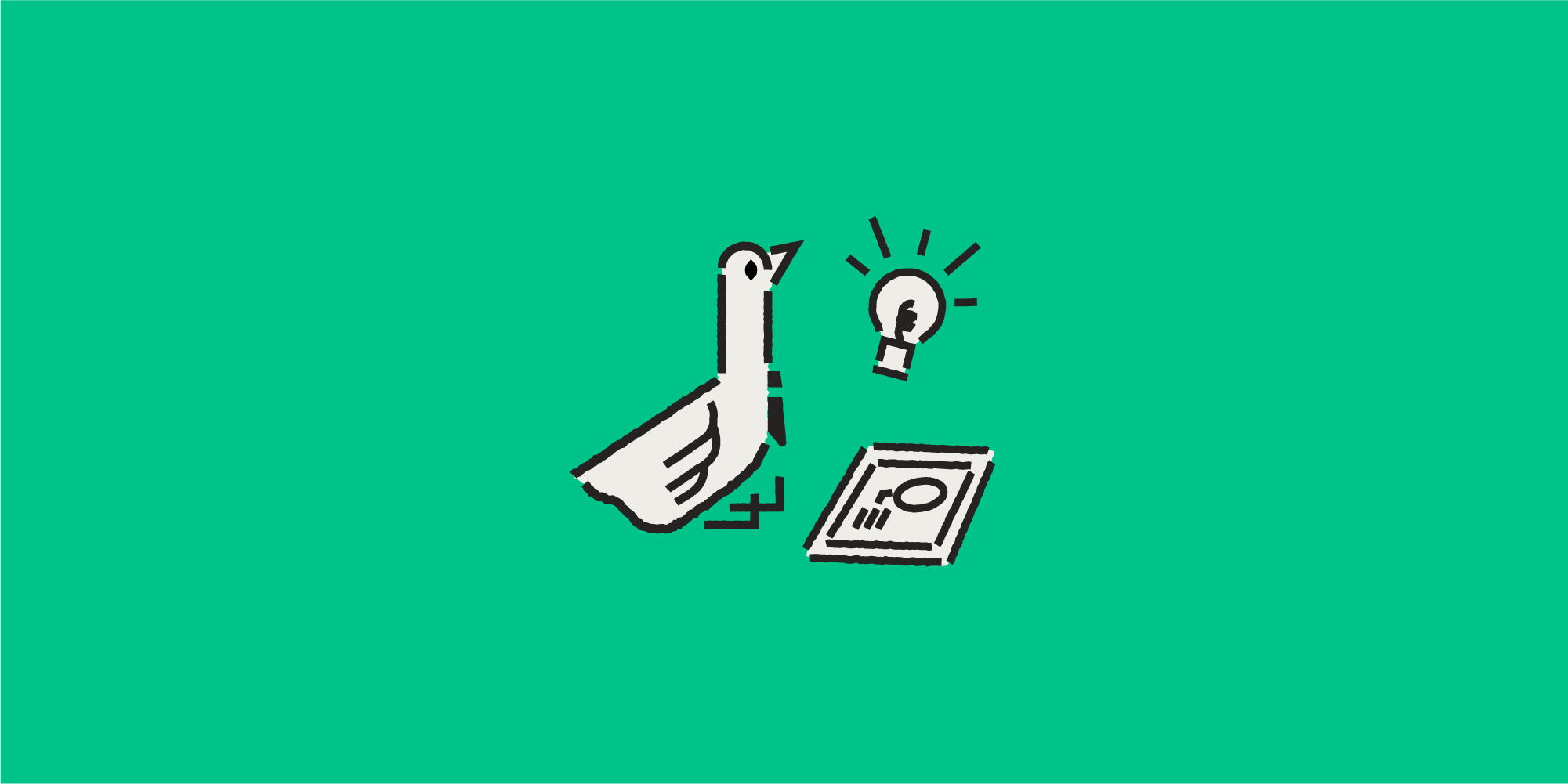In our daily lives, we are inextricably linked to words. For example, when we look at our phones, search Google, or go to a restaurant, we constantly encounter words. These words can directly or indirectly influence our decisions on various matters. It turns out that typography plays a key role behind these strings of words. Typography itself is often used for printing and promotional purposes.
What is Typography?
In the Big Indonesian Dictionary (KBBI), typography means the science of printing or the art of printing. More broadly, typography is the art of arranging letters and text so that the results are clearly legible and visually appealing to the reader. Typography encompasses the selection of font styles, layouts, and structures, aimed at evoking emotion and conveying a specific message.
Why is Typography Important?
Essentially, good typography creates a strong visual hierarchy, a principle of design element layout that places essential elements first and then secondary elements. Applying the right typography principles offers various benefits in printing and promotional activities, such as:
- Typography can build brand recognition.
- Typography can attract the reader's attention.
- Typography can influence the decision making of readers or consumers.
Types of Typography
Previously, there were three basic types of typography frequently used in graphic design: serif, sans-serif, and decorative. However, various other types of typography have since developed. Here are five types of typography you can use in printing and promotions.

1. Serif
In serif typography, the typefaces generally consist of thin lines and have hooks at the ends of the strokes. According to various sources, serif typefaces are also often referred to as Roman typefaces because they were first used by the Romans.
Serif typefaces are considered easier to read for long text. Therefore, they are often used in books, magazines, and newspapers.
Some types of fonts in Serif typography include:
- Old Style Serifs: Adobe Jenson, Goudy Old Style, and ITC Berkeley Oldstyle.
- Transitional Serifs: Times New Roman, Americana, and Baskerville.
- Serif Glyphic : Albertus, Friz Quadrata, and Cartier Book.
- Clarendon Serif: Clarendon, Bookman, and Nimrod.

2. Sans-Serif
The word sans in French means 'without', while serif means 'hook'. Therefore, Sans Serif typefaces refer to typefaces that do not have hooks at the ends of their strokes.
This type of typography can convey a minimalist and modern feel. Several large companies even use this font for their logos, such as Gojek, Google, Spotify, and Netflix.
There are several groups of fonts in Sans-Serif typography, including:
- Neo-Grotesque: Helvetica, Roboto, and San Francisco.
- Grotesque: Monotype Grotesque, News Gothic, and Venus.
- Humanist: Tahoma, Calibri, Verdana, and Trebuchet.
- Geometric: Gotham, ITC Avant Garde, and Avenir.
3. Decorative

Decorative typography is also known as display type. This type of font is typically used for titles or large amounts of text, such as on greeting cards, logos, and posters.
Some decorative typefaces are hand-drawn or computer-generated, with designer modifications for specific purposes. Therefore, it's natural that these fonts have many variations that differ greatly from one another.
Some fonts that are included in decorative typography include:
- Disney Fonts
- Joker
- Magneto
- Art Deco
- Mojito
- Swashington
- Valley
- Outistyle
4. Script

This type of typography appears to be written with a pen, brush, or marker. According to Threerooms, script typefaces are divided into two categories:
- Formal Scripts: This type has an elegant and more traditional appearance so it is often used for invitations and other announcements.
- Casual Scripts: This type consists of informal forms combined with a touch of handwriting. Casual scripts are quite attractive and are often used in various media and certain brand identities.
Some popular fonts for this typeface are Liesel, Amarone, and Bayamo.
5. Slab Serif

As the name suggests, Slab Serif is a thick serif typeface. The base of this font can be blunt, angular, or rounded.
With its bold, readable characteristics from a distance, Slab Serif typefaces are widely used on billboards, advertisements, posters, and pamphlets. Some popular fonts include Memphis, Rockwell, Karnak, Beton, Rosmini, City, and Tower.
Those are five types of typography you can use when designing for various purposes. Remember to match the type of typography to the product you want to create. If you choose the wrong one, your intent and purpose may not be fully conveyed.




